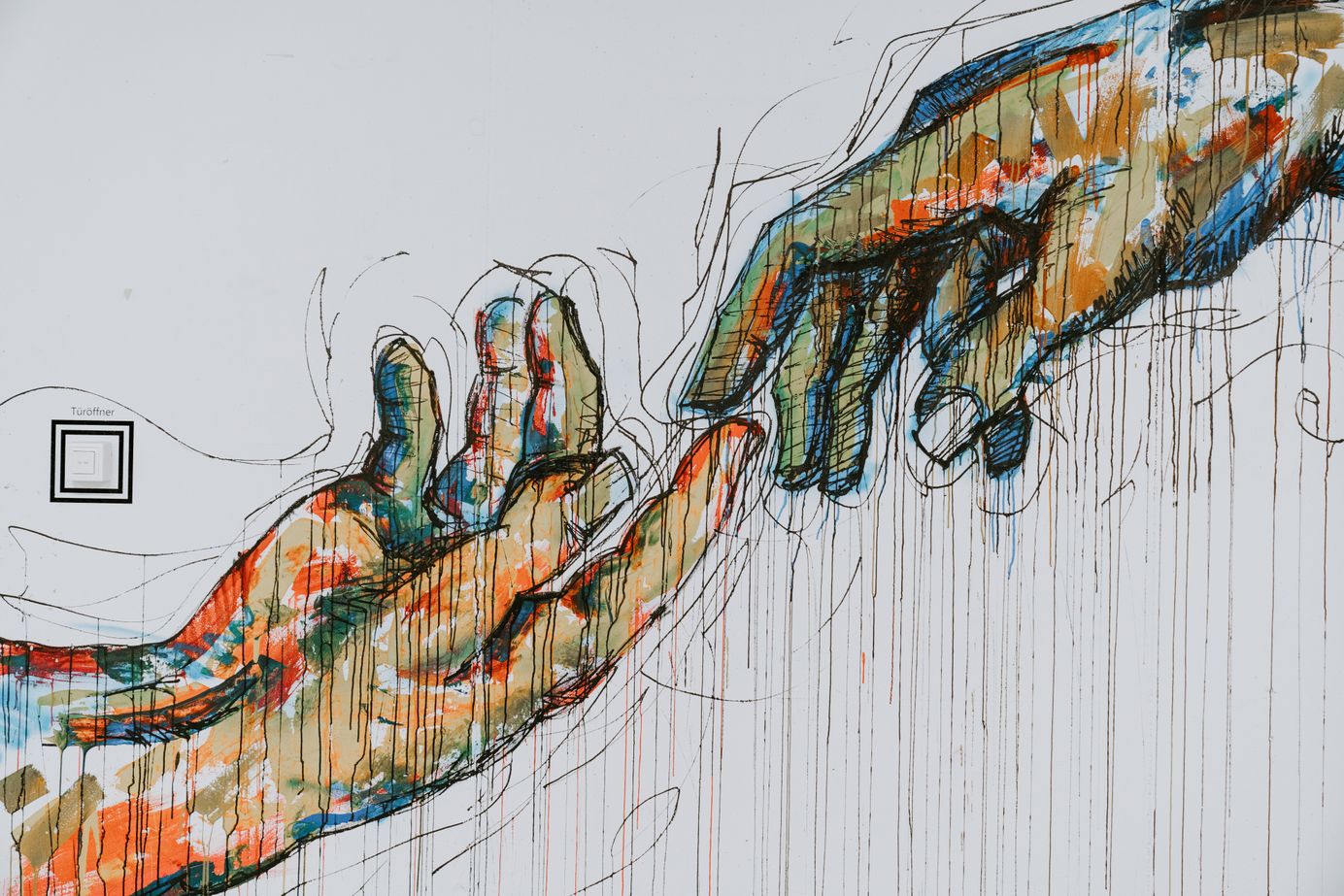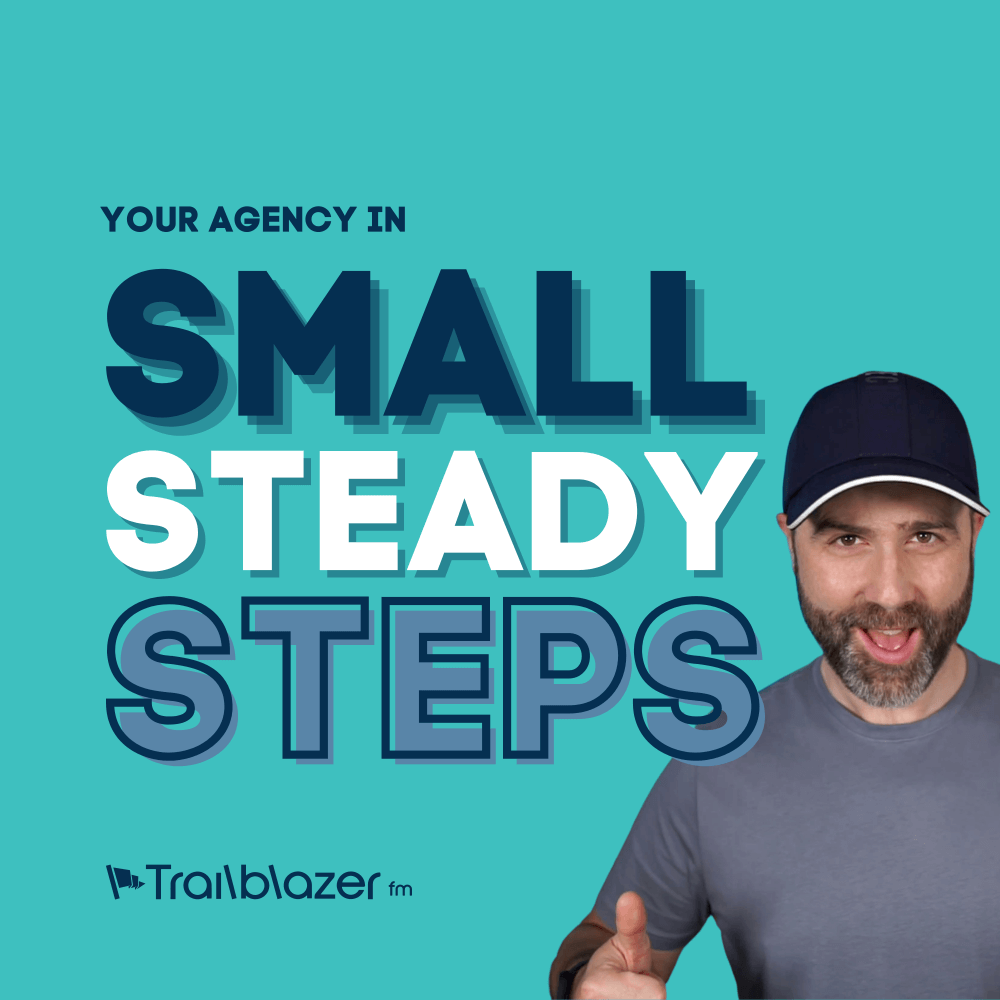
Help your client give a better brief
The blockers to a great brief
Getting a brief from your clients can be difficult for several reasons, including:
- They are not sure how to explain what they need
- They are not sure what they want
- They lack the technical understanding of what is possible
Without these, you will likely be receiving briefs that include the word, “clone” or “copy” followed by a list of websites they like. In fact, most design agencies I have worked with have received the “clone of Facebook” brief followed by a not very Facebook sized budget.
So how can you help your client give a better brief? There are two methods you can explore and you may choose to provide you client a combination of both.
Solutions
Define users and their stories
Everyone likes a good story, and since we were children, we found the ability to “spin a good yarn” (tell stories), both a natural and enjoyable process. Therefore you can encourage your client to create a list of users (or characters of the story), then to tell each users story as they enter the new website, what they will do, where they will be taken etc.
For example. Let’s say we have a character called Luke Dawson. He is a customer to the new client website and is going to purchase some widgets. We can define Luke then as a “shopper” and tell his story.
Luke has entered the site from a search engine result, but is on a page of widgets that are not quite right for him. He clicks on the “store” button and is taken to the full category list of products. He drills down and finds a widget he wants. He enters how many widgets he wants, and then presses “Add to basket”. He then continues to look through the site adding several other items before he its the “View my basked” button. In his basket, he reviews his chosen items, then hit’s checkout. As Luke has never shopped here before, he is asked for his name and address and is then taken to the payment page. Once he has paid, a confirmation screen will show and Luke will also receive an email confirming his order, what he paid, and the contents of the order.
The beauty of this process, is it is a very high level form of story telling. We do not need to go into technical detail, and it free’s up the client in a manner they are used to, to describe what they envisage goes on. This gives you a much clearer picture of:
- Their vision
- What they want to achieve
- What technology you might use to support the narrative
- Understanding of what might be custom code vs off the shelf products
Once you have a set of users (characters) and their stories, you could potentially start to work on a high level estimate, and include references to the tech you would recommend be incorporated.
Paid consultancy
This could be offered up front as the only solution, or in conjunction with provided user stories from your client. Your client has a need, but lacks the technical ability to understand what they can achieve online. You have years of experience in your industry, and have no doubt worked on many different projects that have exposed you to plugins, technologies and ideas that will be of great value to your client.
What you have is of value, and your client will likely save a lot of time, as well as money by commissioning you for a paid consultancy process where you help them define their requirements. The result would be a product specification or brief that gives you and the client a clear understanding of what is required, and allows you to quote on what you will deliver.
A lot of time and money can be wasted for both parties without a clearly defined brief as half way through a project, as you unpack needs, there may be a blocker you were not expecting that requires negotiations for more money, or even stalls the project entirely. Therefore encouraging your client to do the due diligence with you in this process is a wise move.
Next Steps
Get your new and existing clients into the art of story telling, make it fun (for example I snuck in a mate’s name into this post), and get a clearer picture. If you have never charged for consulting on a brief, then getting them to tell the story is a great start as you are not sending them an invoice, then encourage them to spend a few hours with you (chargeable) tidying up the stories and going into a little more detail.
Enjoy!
If you would like to get Lee involved in the briefing process, then get in touch and have Lee on your next client call, representing your business, and helping you create great opportunities for your clients and your business.








